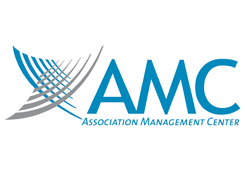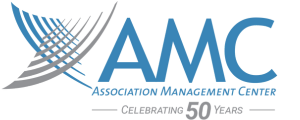
5 Tips for Operationalizing Your Strategic Plan
So you just finished a board meeting and amidst all the generative conversation and decision making, chances are, you have a few action items before the next meeting. It is hopeful that these action items correspond to the strategic plan and will fit nicely into a work plan that already exists. However, this is not always the case and you are now not only tasked with completing the action item, but creating a work plan that links it with the strategic plan to track your work and ensure you reach the board’s requested goal.
If you are like most you will roll up your sleeves and proceed with a method that is most familiar to you or that has worked consistently in the past. While this can continue to work for you, I have found that basic project management principles have helped me streamline the planning process and ensure I have the proper checks and balances in place prior to starting. There is nothing worse than planning a project only to find out you forgot to loop in a key stakeholder or cost center and have to re-plan to factor in these additions.
Below are five project management process groups I follow (in order) to complete new projects assigned from the board:
1. Initiate
Develop a project charter. By creating a project charter you are clearly defining at a high level the scope of work to be done in order to meet the board’s request. Basic project charter items include:
- the business case for the action item (e.g., linking it to the strategic plan)
- the goal statement and scope of the requested project
- setting the start and end date of the project
- identifying key stakeholders such as the project sponsor (board or committee requesting the project)
- the project manager (staff liaison) and the process owner or project team (committee or task force this project aligns with, in addition to other staff members)
- budget allowance
- all internal and external resources that are needed to complete the project
Additionally, the charter is also a great way to provide board updates throughout the life cycle of the project if you include a “progress to date” section as it includes the background and current work/status of the project between board meetings.
2. Plan
Based on the project charter, develop a work plan that includes, but is not limited to, the following:
- project delivery deadline and key milestones
- objectives and tasks to be completed that support each milestone
- detailed budget
- human resources (who is responsible for what)
- communications plan
- a risk management plan (how you plan to manage change and/or issues that may arise during the project’s life cycle)
It is also important to remember to always check with your team to verify whether or not this project correlates with another existing project as you will want to be sure to take into account their work plan or visa versa.
3. Execute
Once the plan is in place, it is now time to direct and manage the project according to the work plan.
4. Monitor & Control
Now that the plan is in motion it is important to monitor the work plan weekly and have monthly check-in’s with the project team to validate and control the project scope, schedule, costs, quality, communications plan and risk management – address any issues that may have arisen since your last meeting (if it can wait that long).
5. Close
Deliver project deliverable or complete action item, close the project plan, and setup a debriefing meeting to document and discuss the project – what lessons did you learn or ideas does your team have for improvement.
Lastly, don’t forget to celebrate! Whether it is treating yourself to a special lunch or a happy hour with the project team, planning and completing a project is a lot of work and will most often roll into another project because you nailed it – so be sure to take a brief moment and celebrate your success before the next request comes in – you deserve it.
Amanda Pairitz-Campo, MPS, serves as the senior operations manager for four AMC clients - the Metal Construction Association, the National Frame Building Association, the International Staple, Nail & Tools Association and the Synthetic Roof Underlayment Institute. She can be reached at This email address is being protected from spambots. You need JavaScript enabled to view it..


